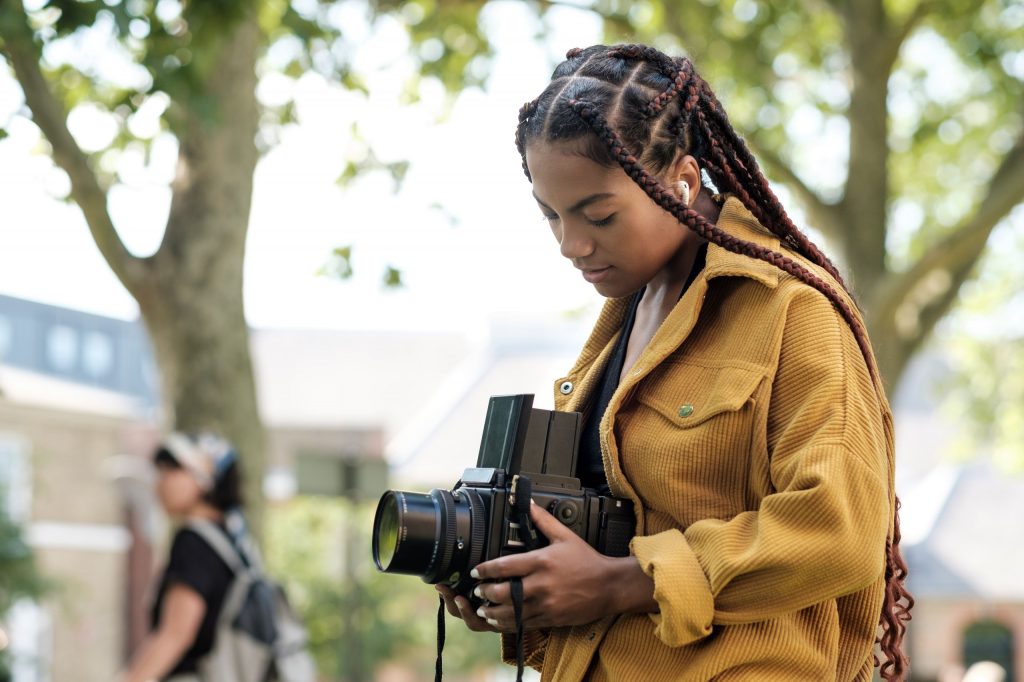For beginners, the exposure triangle — aperture, shutter speed, and ISO — can seem confusing. But understanding how these three settings work together is key to taking well-exposed, creative photos. Let’s break each one down and see how they interact.
| Setting | What It Does | Effect on Image | Typical Use Cases |
|---|---|---|---|
| Aperture | Controls the size of the lens opening (f-stop) | Affects brightness and depth of field (background blur) | Wide aperture (f/1.8) for portraits with blurred background; narrow aperture (f/16) for landscapes where everything is sharp |
| Shutter Speed | Controls how long the sensor is exposed to light | Affects motion blur or freezing action | Fast shutter (1/1000s) to freeze sports action; slow shutter (1/4s) to capture motion blur like waterfalls |
| ISO | Controls sensor sensitivity to light | Higher ISO brightens image but adds noise/grain | Low ISO (100) in bright light for clean photos; high ISO (3200+) in dark scenes to capture more light |
How They Work Together
Imagine you’re shooting a portrait outdoors on a sunny day. You want a blurry background, so you choose a wide aperture (small f-number like f/2.8). Since wide apertures let in a lot of light, you might need a fast shutter speed (like 1/500s) to avoid overexposure. ISO can usually stay low (100 or 200) in bright daylight.
Now, if you move indoors where there’s less light, you might keep the wide aperture but slow down your shutter speed to let in more light, or raise your ISO to make the sensor more sensitive.
Tips for Beginners:
- Try manual mode on your camera to practice changing one setting at a time while keeping the others constant.
- Use your camera’s exposure meter to find a balanced exposure.
- Remember that changing one setting usually means you need to adjust another to maintain proper exposure.
Practice Exercise:
Take three photos of the same subject: one with a wide aperture and low ISO, one with a fast shutter speed and medium ISO, and one with a higher ISO and moderate shutter speed. Notice how the images differ in brightness, sharpness, and background blur.
Mastering the exposure triangle empowers you to creatively control your photos instead of relying on automatic settings. It’s a powerful step toward becoming a confident photographer!

